|
#2
April 15th, 2015, 11:00 AM
| |||
| |||
| Re: Ph.D Environmental Science engineering entrance exam Model paper
As per your request, I am giving you model paper for the Ph.D Environmental Science engineering entrance exam. I hope that question help you in your preparations. The ionization potential of hydrogen is 13.6 V. The energy required to remove an electron from the second orbit of hydrogen is (a) 3.4 eV (b) 6•S eV (c) 27.2 eV (d) 544 eV Unit of irradiance is (a) watt per steradian (b) watt per steradian per square meter (c) watt per square meter (d) watt per square meter per unit time For the hydrogen atom, the transition from n = 2 -* n = 3 represents (a) an emission line of the Paschen series (b) an emission line of the Balmer series (c) an absorption line of the Paschen series (d) an absorption line of the Balmer series The relation PV = RT can describe the behaviour of a real gas at (a) high temperature and high density (b) high temperature and low density (c) low temperature and low density (d) low temperature and high density A piano-convex lens when silvered on the plane side, behaves like a concave mirror of focal length of 30 cm. When silvered on the convex side, behaves like a concave mirror of focal length of 10 cm. Then refractive index of its material is (a) 3.0 (b) 1.5 (c) 1.0 (d) 2.0 Two spheres of the same size are made of the same material but one ishollow and the other is solid. These are heated to the same temperature. Select the correct statement about both the spheres, (a) Both the spheres will expand equally (b) The hollow sphere will expand more (c) The solid sphere will expand more (d) It is difficult to predict their relative expansion Given that U and V as square matrices of size n x it. If they are orthogonal, then their inverses are equal to (a) transpose (b) matrices of the reciprocal of the elements (c) matrices of the reciprocals of diagonal elements (d) null matrice For complete question paper download the attachment. Model paper for Ph.D Environmental Science engineering entrance exam 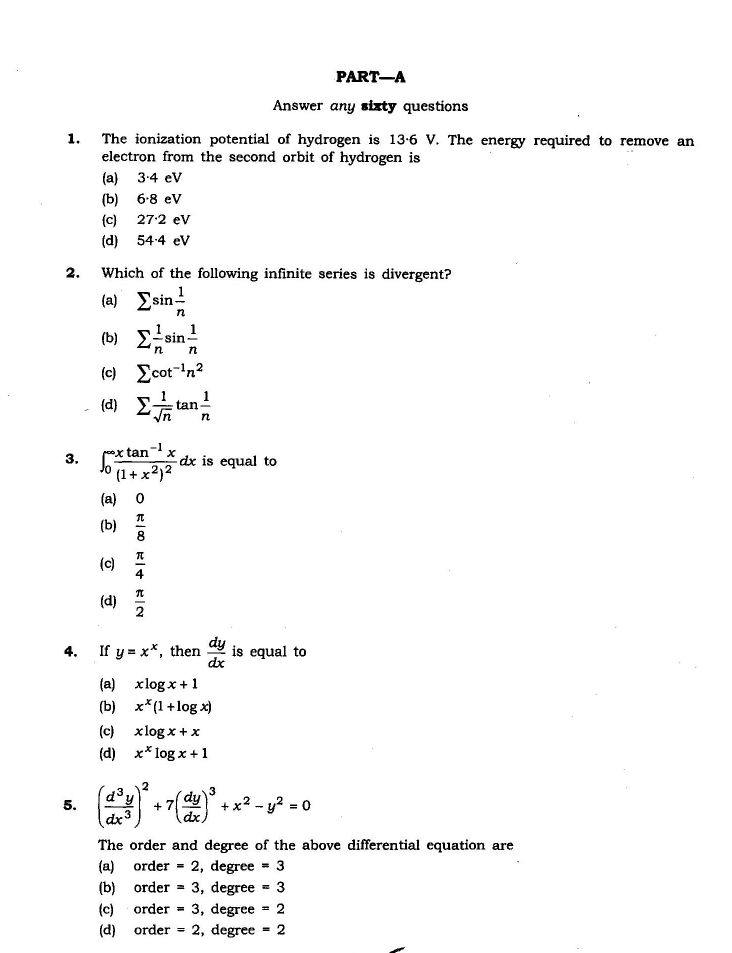 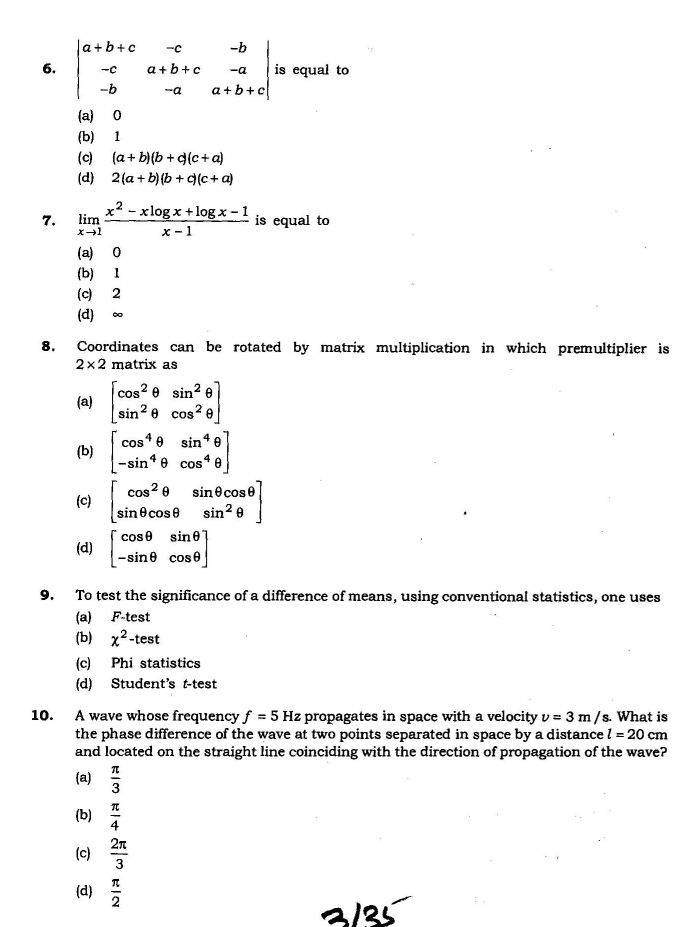 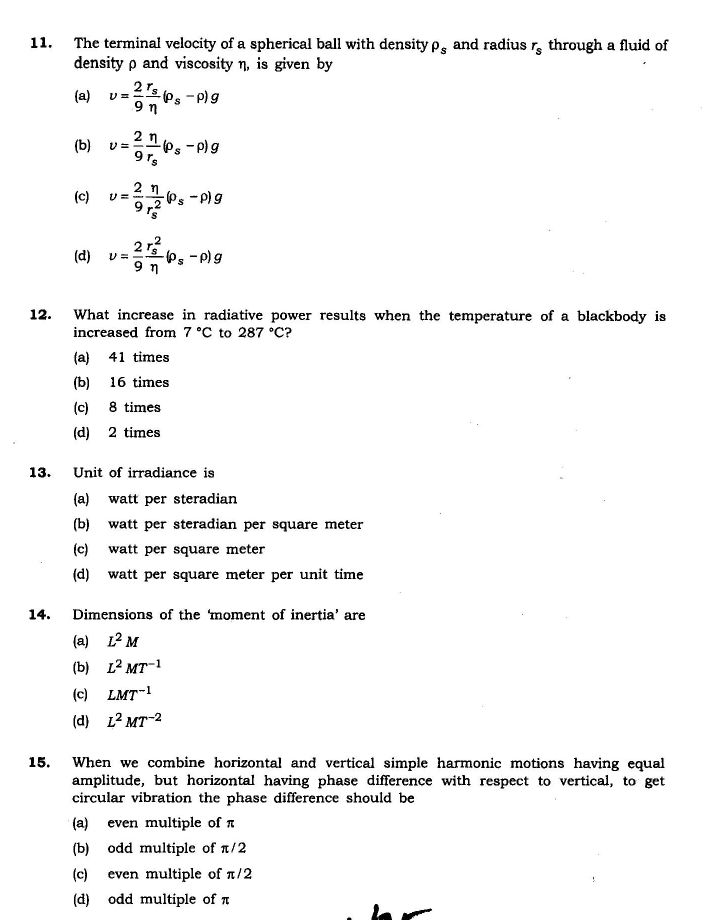 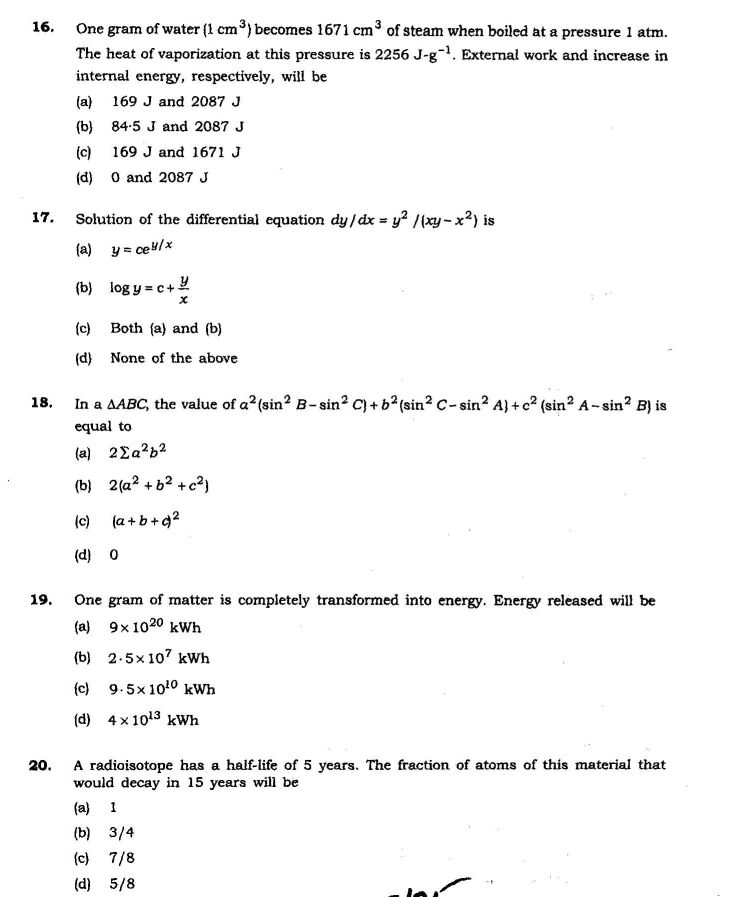 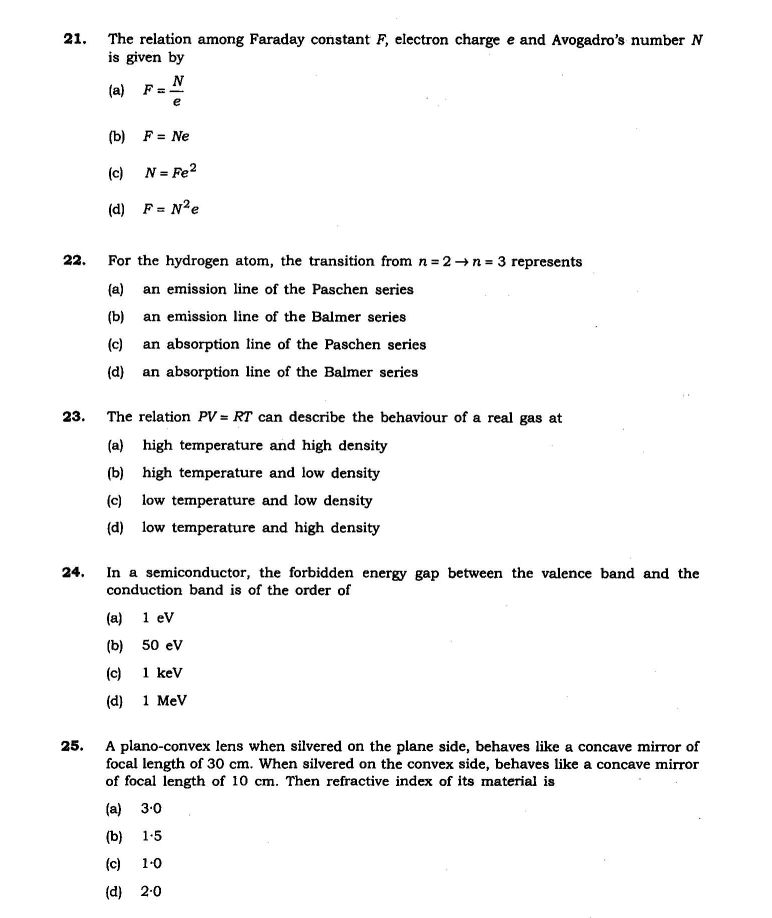 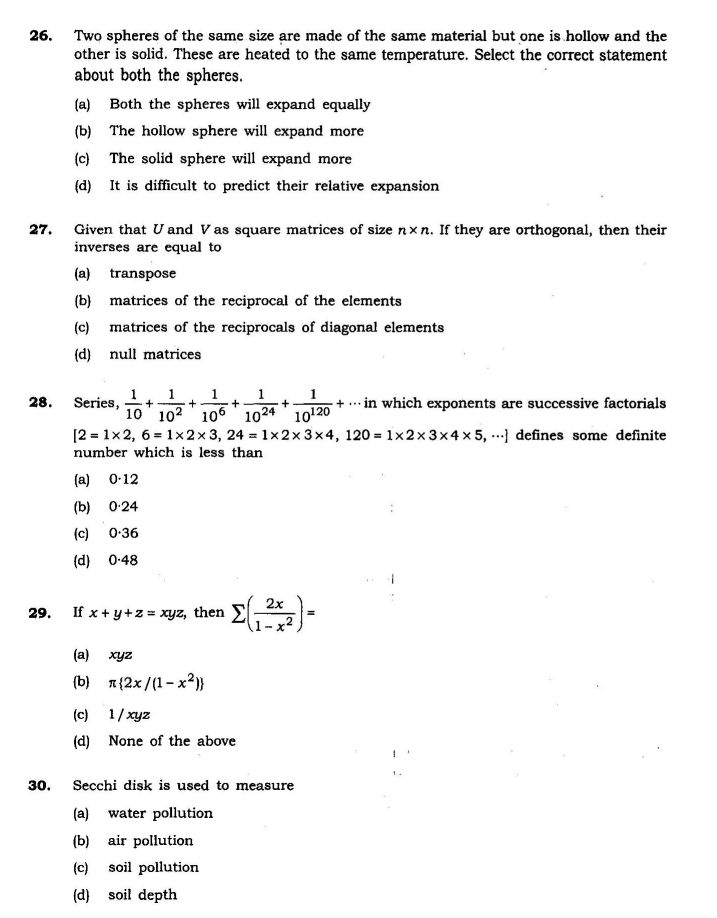 |